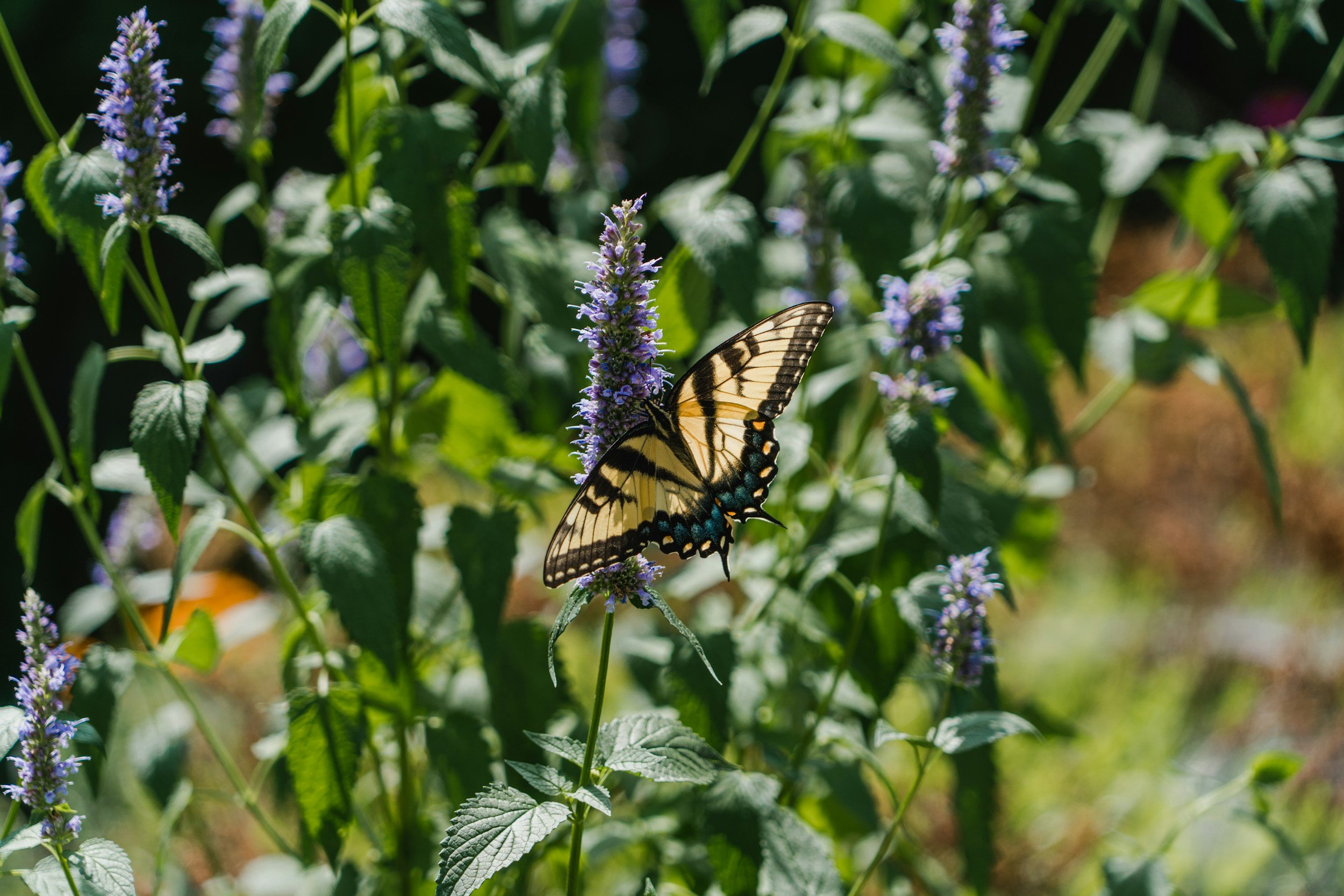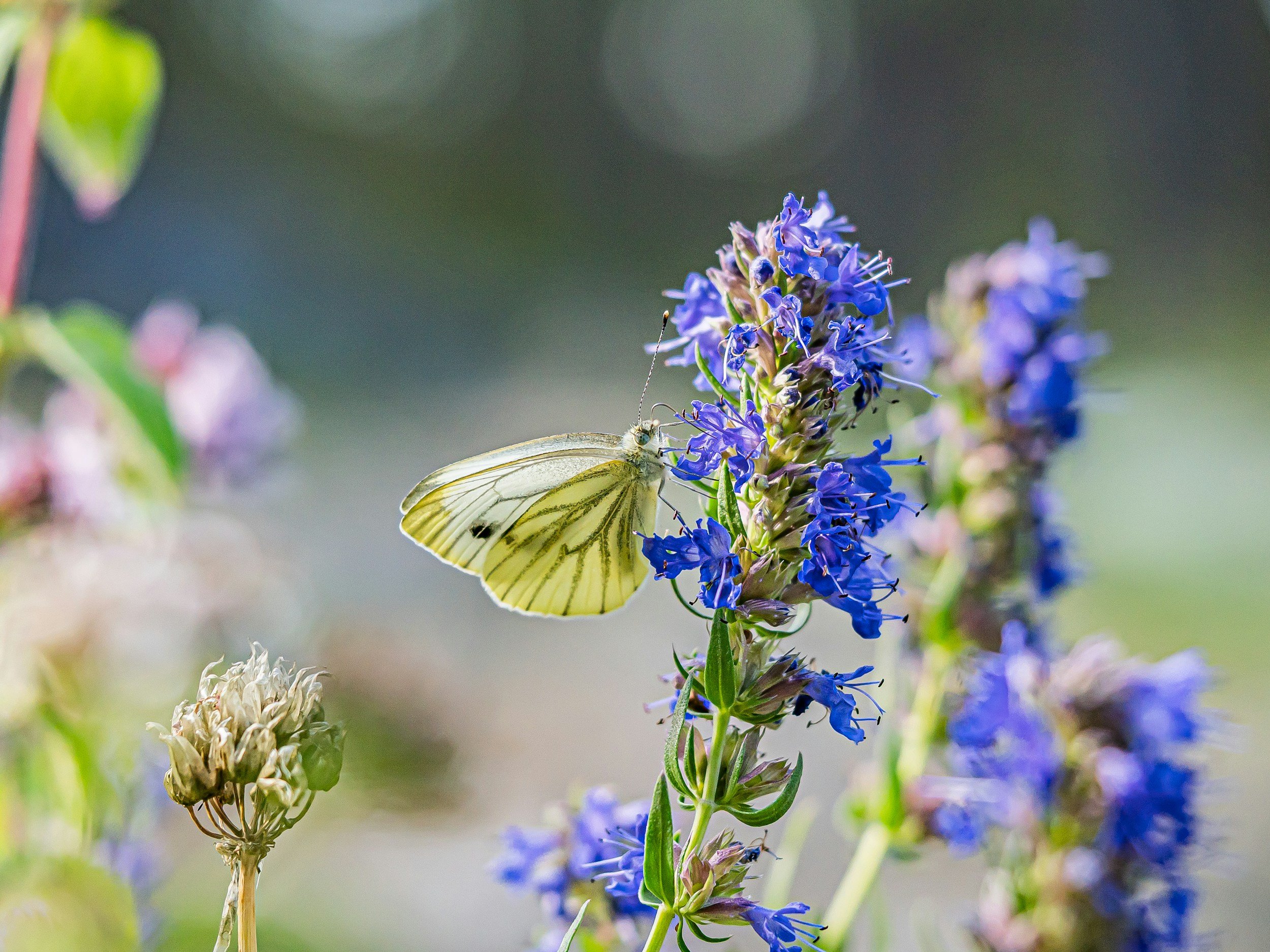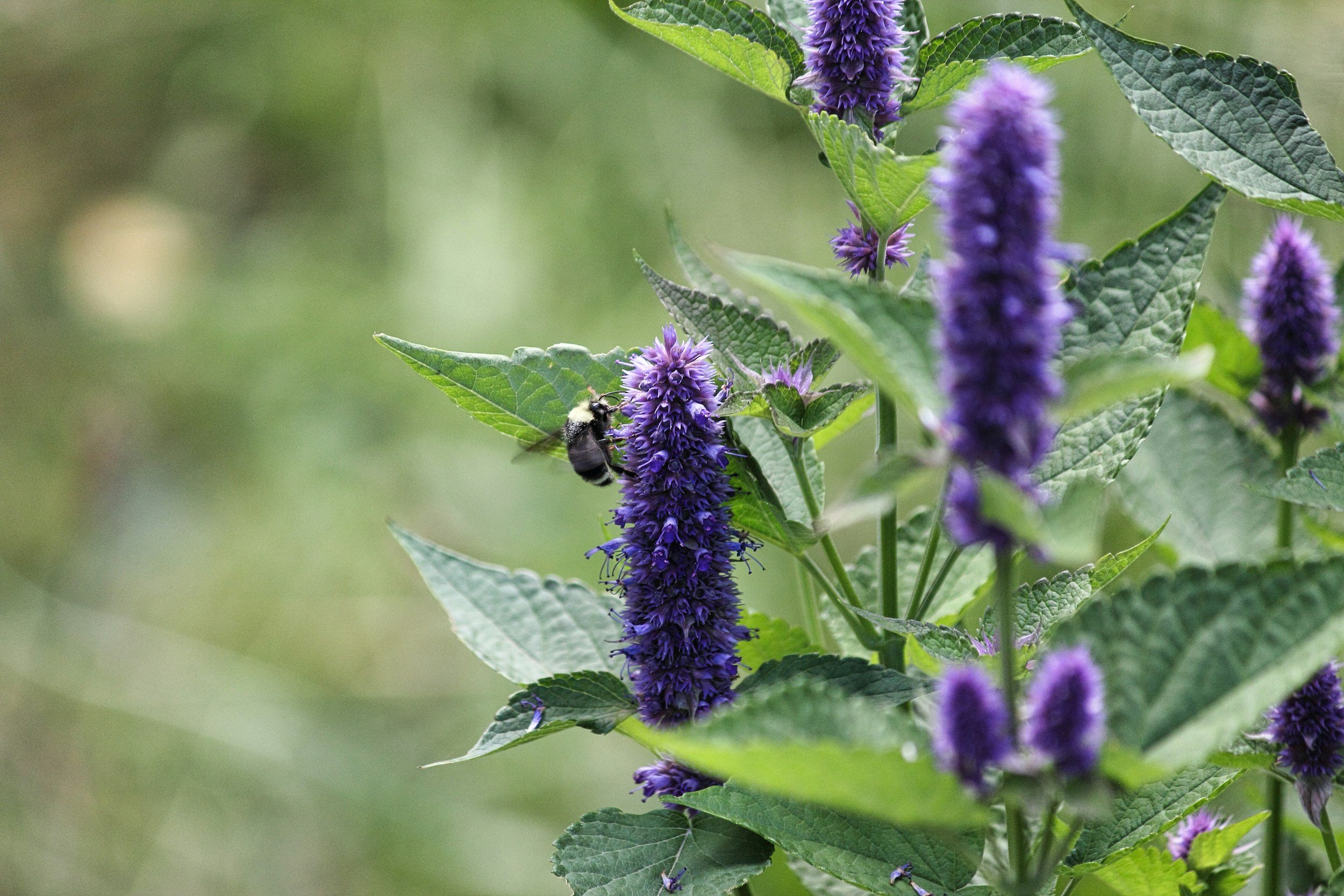
Hyssop
Hyssop (Dracocephalum officinale)
Plant family
Lamiaceae
Other significant names
Common
Garden hyssop
Parts used:
Flowering herba (Herb)
Typical forms of prescription
Tinctures and infusions.
Hyssop (Dracocephalum officinale) – Clinical Snapshot
Primary Actions
Tonic
Nervine
Antispasmodic
Expectorant
Anti-catarrhal
Stimulant
Pectoral
Antitussive
Diaphoretic
Carminative
Peripheral circulatory stimulant
Antiseptic
Astringent
Emmenagogue
Vasodilator
Sedative
Insecticide
Abortifacient (in large doses)
Antihyperlipidemic
Anti-inflammatory
Antiviral
Antiproliferative
Vulnerary
Primary Indications
Bronchitis
Chronic nasal catarrh
Colds and flu
Dysmenorrhea
Digestive disorders
Urinary tract infections
Respiratory disorders
Mild asthma
⚠️Cautions / Safety⚠️
Avoid during pregnancy due to emmenagogue action
Dracocephalum officinale
Phytochemistry and Pharmacology
Flavonoids
Includes: Apigenin, luteolin, rutin, quercetin
Action: Antioxidant, anti-inflammatory, hepatoprotective, anti-allergic
Use: Flavonoids in Dracocephalum officinale are responsible for much of its immune-modulating, anti-inflammatory, and tissue-protective effects. They are commonly cited in research for their role in reducing oxidative stress, protecting liver function, and balancing immune responses, especially relevant in allergic and chronic inflammatory conditions.
Polysaccharides
Action: Immunomodulating, antioxidant, demulcent
Use: The high content of water-soluble polysaccharides supports immune function, enhances macrophage activity, and helps reduce oxidative damage. These mucilaginous compounds also provide soothing effects for the respiratory and digestive tracts.
Triterpenes
Includes: Oleanolic acid, ursolic acid
Action: Anti-inflammatory, hepatoprotective, anticancer
Use: Triterpenes help reduce chronic inflammation, support liver function, and may contribute to anticancer properties noted in modern pharmacological studies. They also support tissue repair and antimicrobial defence.
Volatile Oils
Includes: Citral, linalool, geraniol (varies by region and chemotype)
Action: Carminative, antispasmodic, mild antimicrobial
Use: These aromatic compounds contribute to Dracocephalum's use in digestive support, relaxation, and respiratory tract conditions. In Traditional Chinese Medicine (TCM), the herb is often used for Qi stagnation, particularly in the digestive system.
Traditional use
Dracocephalum officinale, also known as Dragonhead, has a long history of medicinal and ceremonial use. In ancient traditions, including among the Greeks and early Biblical cultures, it was valued as a cleansing incense, used for ritual purification and spiritual clarity. In later folk medicine, it was used as an antispasmodic, particularly for conditions such as petit mal seizures, reflecting its calming influence on the nervous system.
Clinical discussion
As a member of the mint family (Lamiaceae), Dracocephalum officinale is rich in aromatic volatile oils that provide a wide range of therapeutic benefits. It acts as a gentle antispasmodic and carminative, helping to soothe:
Digestive upsets, such as bloating, gas, and nervous indigestion
Mild menstrual cramps, especially when accompanied by digestive discomfort
Tension and anxiety, as a mild but effective nervine relaxant
Its antiseptic and antiviral properties make it especially helpful in respiratory, digestive, and urinary tract infections. As a diaphoretic and expectorant, it supports the body in clearing mucus and infection, particularly in cases of:
Coughs and colds
Mild flu
Congested or painful coughs (used topically as a salve or compress on the chest and back)
With its floral, slightly citrus-like flavour, Dracocephalum is well tolerated and even enjoyed in infusions, making it a good choice for calming nervous tension, supporting immune function, and gently addressing multiple systems at once.
Cultivation/harvesting
Dracocephalum officinale is a perennial herb that prefers full sun and well-drained soil, thriving in herb gardens, sunny borders, or containers. It is a striking plant, known for its aromatic foliage and vibrant blue to purple flowers.
The blue-flowered variety is the hardiest, suitable for most UK climates.
Harvest when the plant is in full flower, ideally on a hot, dry day, when essential oil content is highest.
Cut the aerial parts (flowering tops and upper leaves) and dry them in a shaded, well-ventilated space to preserve their volatile oils and aroma.
Regular trimming encourages bushier growth and prolonged flowering, and the plant is loved by pollinators, making it a valuable addition to both medicinal and wildlife-friendly gardens.
Key Botanical Features of Hyssop (Dracocephalum officinale)
Growth
Type: Perennial herb.
Size: Typically grows 30–80 cm (12–31 inches) tall.
Stem: Square-shaped, a common trait in the mint family, often with fine hairs.
Leaves
Type: Opposite, simple.
Shape: Lanceolate to ovate, with a slightly serrated margin.
Size: 3–10 cm (1.2–4 inches) long.
Texture: Soft, sometimes slightly hairy.
Colour: Bright green.
Aroma: Slightly fragrant when crushed.
Flowers
Type: Bilaterally symmetrical, tubular flowers, characteristic of the mint family.
Size: 1.5–3 cm (0.6–1.2 inches) long.
Colour: Purple to blue-violet.
Flower Arrangement: Forms dense, spike-like inflorescences in the leaf axils.
Blooming Period: Summer to early autumn.
Pollination: Attracts bees, butterflies, and other pollinators.
Fruits & Seeds
Fruit Type: Small nutlets, typical of the mint family.
Size: Less than 2 mm in diameter.
Seed Dispersal: Primarily by gravity or wind.
Roots
Type: Fibrous root system, supporting vegetative propagation.
Function: Helps in drought resistance and nutrient absorption.
Habitat & Growth Conditions
Climate: Prefers temperate to subtropical climates.
Soil: Grows best in well-drained, fertile, loamy soil.
Sunlight: Prefers full sun to partial shade.
Water Requirements: Requires moderate moisture, but is somewhat drought-tolerant.
Distribution: Native to China, especially in mountainous regions, and cultivated for medicinal use.
Sustainability/conservation
Cultivated in the UK.




Sources
Bartram, T. (1998). Bartram’s Encyclopedia of Herbal Medicine. Constable.
Fisher, C. (2009). Materia Medica of Western Herbs, (2018 edition). Finchley Road, London. Aeon Books.
Hedley, C & Shaw, N. (2020). A herbal book of making and taking. Finchley Road, London. Aeon Books.
Hoffmann, D. (2003). Medical Herbalism: The Science and Practice of Herbal Medicine. Healing Arts Press.
McIntyre, A. (2019). The complete herbal tutor, revised and expanded edition. Finchley Road, London. Aeon Books.
Plants of the World Online | Kew Science. (n.d.). Plants of the World Online. https://powo.science.kew.org/
Disclaimer: This page is for educational purposes only. Consult a qualified medical herbalist before using herbs, especially during pregnancy, when trying to conceive, while breastfeeding, for medical conditions, or with children.
Read the full disclaimer → Medical Disclaimer.





